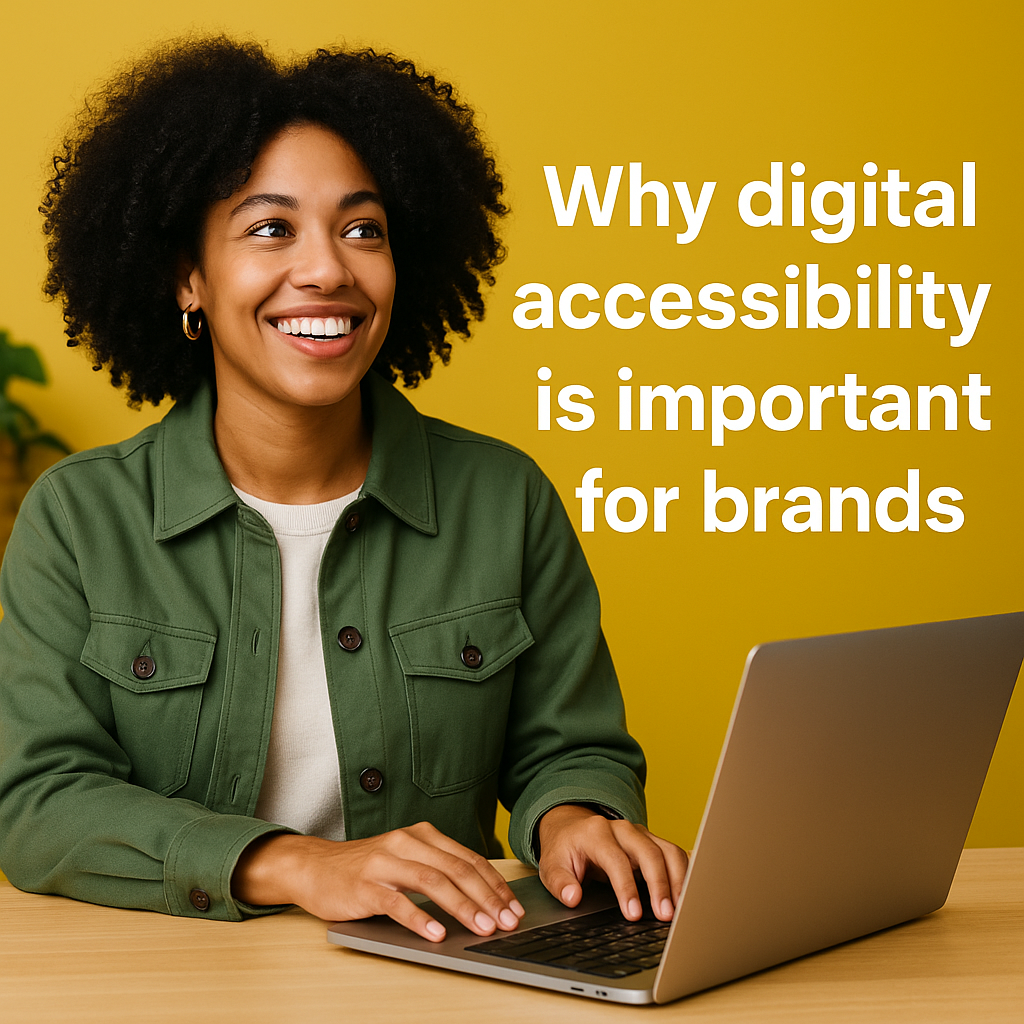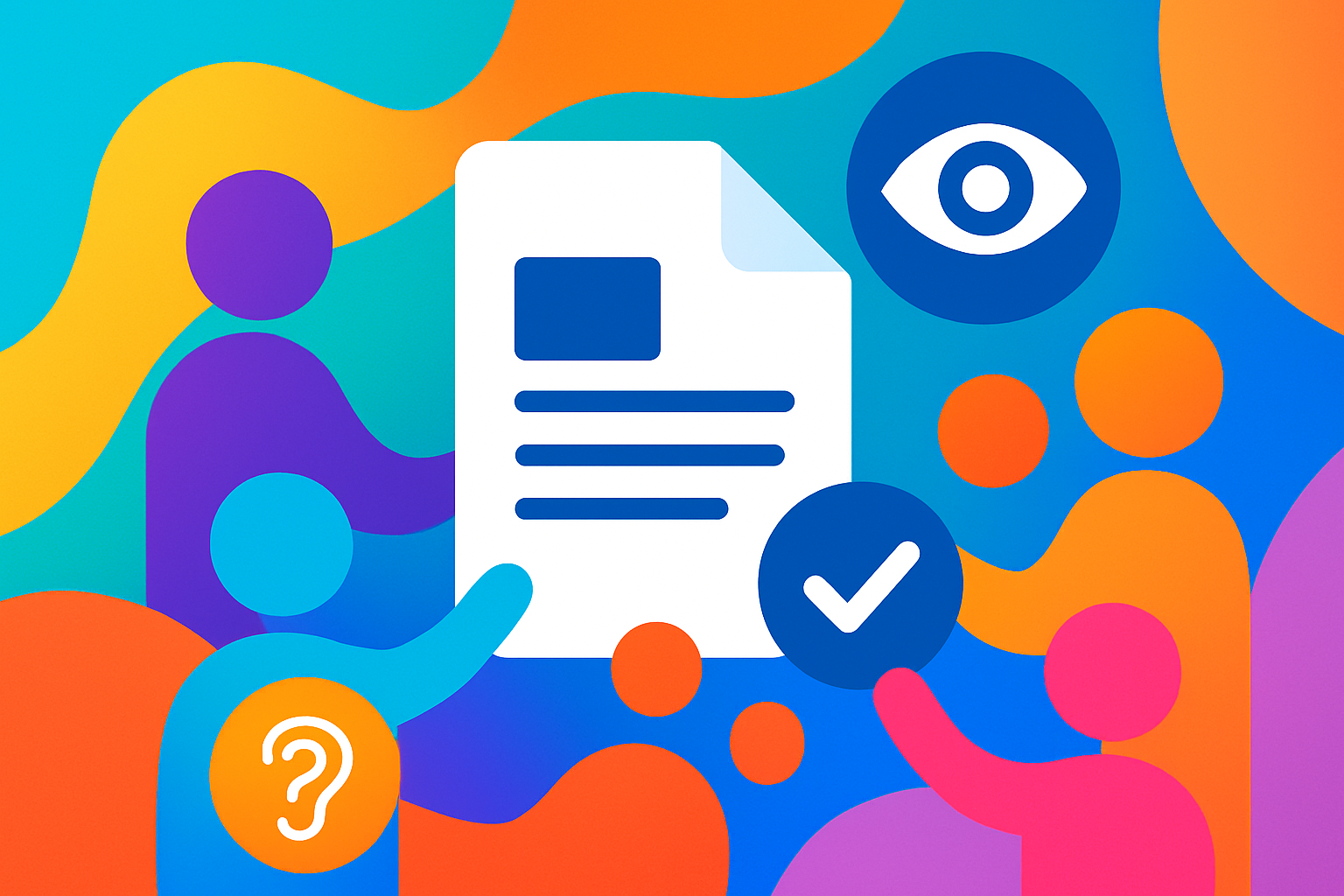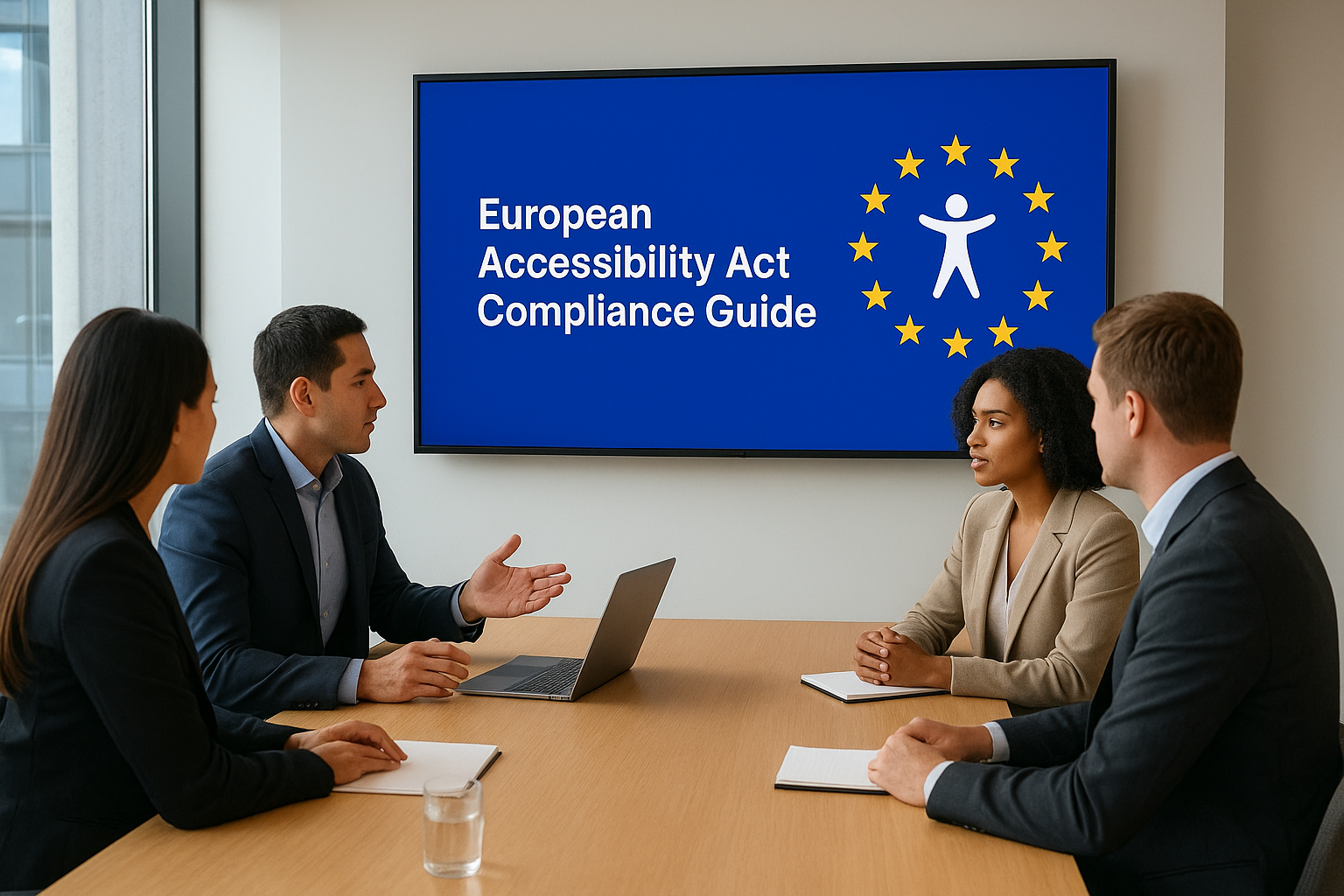Accessibility Issues Can Hurt S.E.O.and User Experience: Here’s Why
Date Published: Sep 13, 2025
Date Modified: Sep 13, 2025
When people think of web accessibility, they often see it as a compliance checklist: alt text here, captions there and a few contrast adjustments. But accessibility is much more than legal safety- it’s a growth strategy. In fact, ignoring accessibility can quietly sabotage your S.E.O.rankings and user experience.
Let’s break down why digitally ambitious companies cannot afford to skip it.

Accessibility and SEO: A Perfect Overlap
Google doesn’t “see” websites the way humans do- it relies on structured, machine-readable signals. And here’s the twist: many accessibility best practices are also S.E.O.best practices.
-
Alt Text on Images:
Accessibility ensures people with visual impairments know what an image is about. S.E.O.ensures Google knows too. Missing alt text = missed search visibility.
Example: An e-commerce store selling shoes without descriptive alt text loses both blind customers and Google’s image search traffic.
-
Proper Heading Structure (H1, H2, H3):
Screen readers rely on headings to help users navigate. Search engines rely on them to understand content hierarchy. If you skip or misuse headings, both humans and bots get lost.
-
Video Captions and Transcripts:
Accessibility requires captions. S.E.O.rewards them, because transcripts are rich with keywords.
Example: A tech company’s product demo video without captions is invisible to someone browsing on mute- and to Google’s crawler.
Accessibility and User Experience: Two Sides of the Same Coin
Accessibility barriers are often user experience barriers in disguise.
- Poor Color Contrast: If your site uses light grey text on a white background, someone with low vision struggles. But so does a perfectly sighted person browsing on a sunny day.
- Keyboard Navigation: People with mobility impairments depend on the Tab key. But think about power users, developers, or anyone multitasking- keyboard shortcuts are efficiency tools.
- Forms Without Labels: A screen reader can’t tell what “Input #3” means. But neither can a rushed customer filling a checkout form at midnight. That abandoned cart isn’t about price- it’s about friction.
The Business Impact
- Companies investing in accessibility often see reduced bounce rates, higher engagement and better conversion rates.
- Search visibility improves, because content is structured in a way Google loves.
- Lawsuits and reputation risks shrink.
Example: A major retailer fixed accessibility issues (contrast, alt text, ARIA labels) and saw a 12% increase in organic traffic along with fewer customer complaints about the site. Accessibility became a revenue driver, not just a compliance exercise.
Conclusion
Accessibility is not just about ticking a box- it’s about making your digital presence findable, usable and lovable. For companies with big digital ambitions, it’s the hidden multiplier effect: stronger SEO, smoother user journeys and a wider audience reach.
If you think accessibility is expensive, try the cost of invisibility in Google search or frustrated users clicking away.


